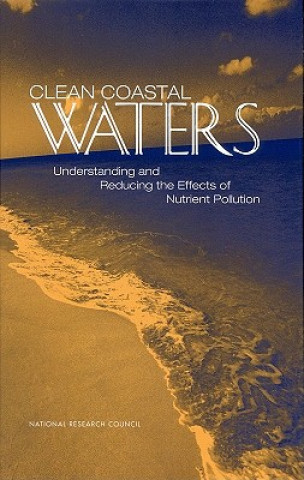
Delivery
Shopping guide





Doesn't suit? No problem! You can return within 30 days
 Gift voucher
any value
Gift voucher
any value
You won't go wrong with a gift voucher. The gift recipient can choose anything from our offer.
Clean Coastal Waters
 English
English
 217 b
217 b
30-day return policy
You might also be interested in


Environmental problems in coastal ecosystems can sometimes be attributed to excess nutrients flowing from upstream watersheds into estuarine settings. This nutrient over-enrichment can result in toxic algal blooms, shellfish poisoning, coral reef destruction, and other harmful outcomes. All U.S. coasts show signs of nutrient over-enrichment, and scientists predict worsening problems in the years ahead. Clean Coastal Waters explains technical aspects of nutrient over-enrichment and proposes both immediate local action by coastal managers and a longer-term national strategy incorporating policy design, classification of affected sites, law and regulation, coordination, and communication. Highlighting the Gulf of Mexico's "Dead Zone," the Pfiesteria outbreak in a tributary of Chesapeake Bay, and other cases, the book explains how nutrients work in the environment, why nitrogen is important, how enrichment turns into over-enrichment, and why some environments are especially susceptible. Economic as well as ecological impacts are examined. In addressing abatement strategies, the committee discusses the importance of monitoring sites, developing useful models of over-enrichment, and setting water quality goals. The book also reviews voluntary programs, mandatory controls, tax incentives, and other policy options for reducing the flow of nutrients from agricultural operations and other sources.
About the book
 English
English
Categories




 How to shop
How to shop

































